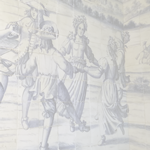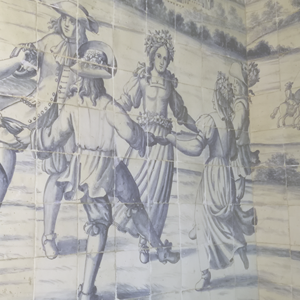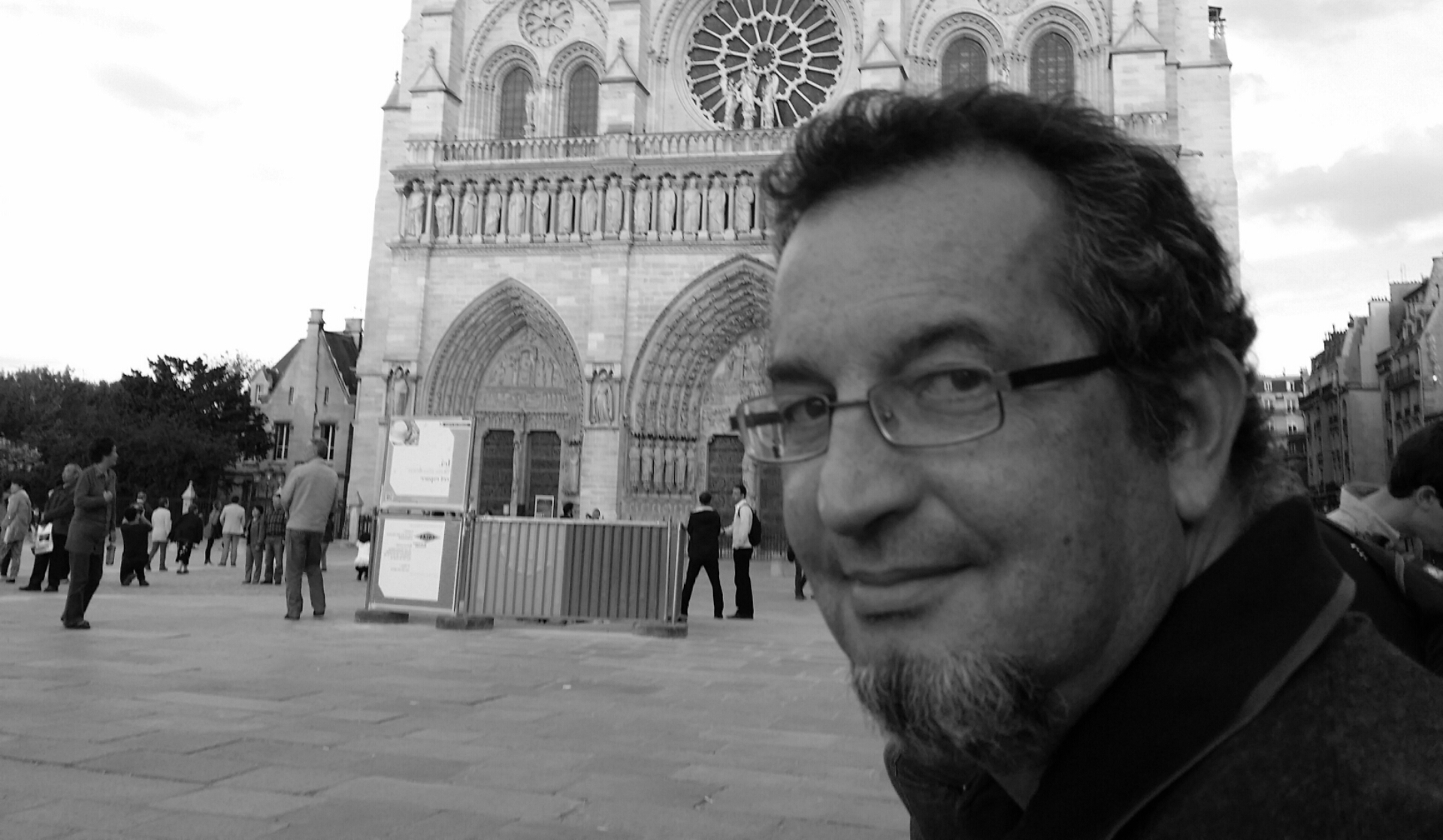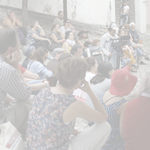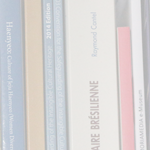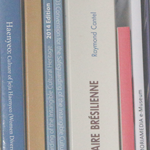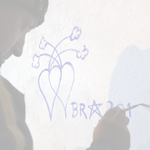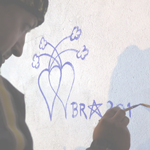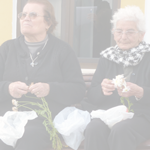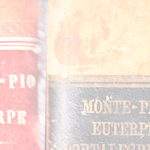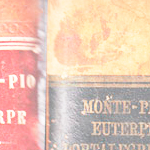Bibliography
Type
Conference article
Year
2017
Title
Intangible heritage and cultural landscapes: improving an evaluation system
PDF doc
Abstrat
Many cultural landscapes present a high heritage value and should be classified as heritage landscapes and special management tools should be found out and discussed. This is significant in the context of land management measures for countryside valorization promoting rural development.The heritage value of these landscapes should be evaluated according to scientific heritage criteria. Several useful criteria were identified and characterised, and their relative importance was analysed, enabling to establish a weighting factor . Then , the heritage value of the landscapes could be calculated by means of a weighted linear combination. Following a long term project concerning these issues, the authors have presented several papers in previous meetings and they have been improving the method with the introduction of new criteria as well as new weighting levels. Somehow this is also an experimental research. This work aims to deepen that methodological angle through the introduction of intangible heritage criteria whose importance is stated in 2003 UNESCO Convention. In fact, this intangible cultural heritage, is constantly recreated by communities and groups in response to their environment, interacts with nature and history, and provides a sense of identity and continuity. As cultural landscapes are quite diversified both typological and geographically and since they are the result of different interactions between communities and natural systems, always different from a place to another, to reinforce the theoretical coherence and develop an effective tool regarding land planning, a reflection about the methodogy is presented through the comparision of two Portuguese case-studies :The Upper Douro terraced landscape and the Central Alentejo montado landscape. Why these two case studies? Because both mean and represent a different interaction with landscape , connected to communities practices and uses.
Keywords
landscape, heritage, intangible criteria, evaluation system improvement
Bibliographic reference
DE MASCARENHAS, J.M.; BARATA, F.T.; CAPELO, S. – “Intangible heritage and cultural landscapes: improving an evaluation system”, in: Lira, S.; Amoêda, R. & Pinheiro, C. (ed.), Sharing Cultures 2017, Proceedings of the 5th International Conference on Intangible Heritage (Barcelos, 6-8 Sept), Barcelos: Green lines institute for sustainable development, pp. 265-273. Available ONLINE at: http://dspace.uevora.pt/rdpc/handle/10174/21921 [Accessed 05/03/2020]
PDF source




